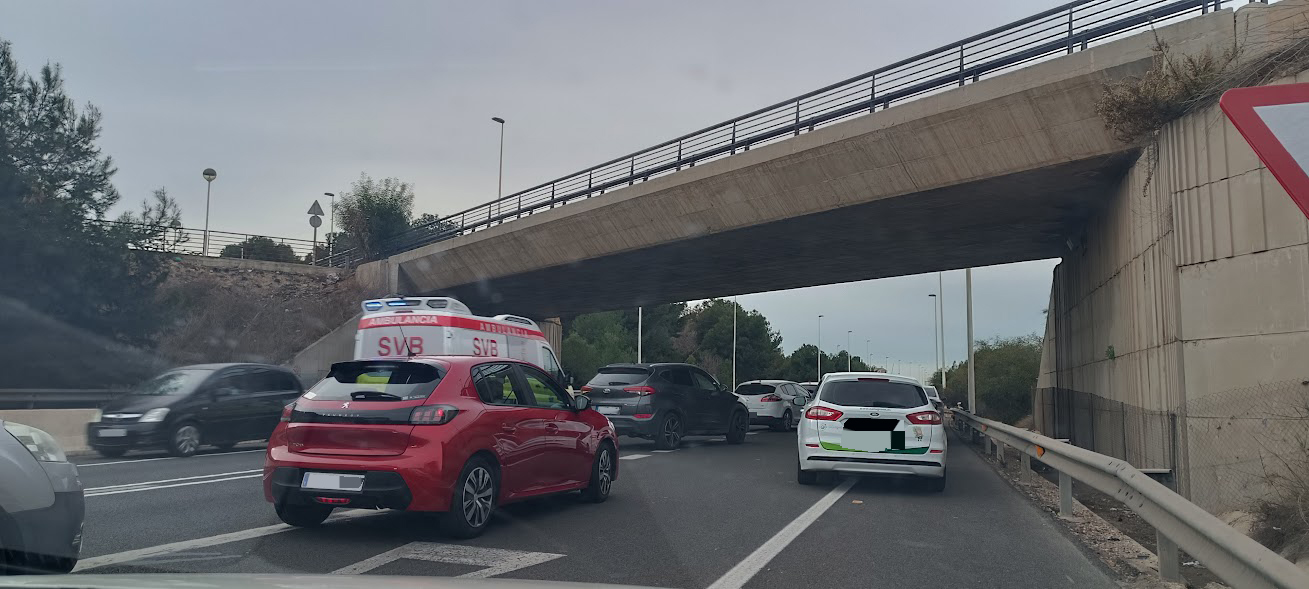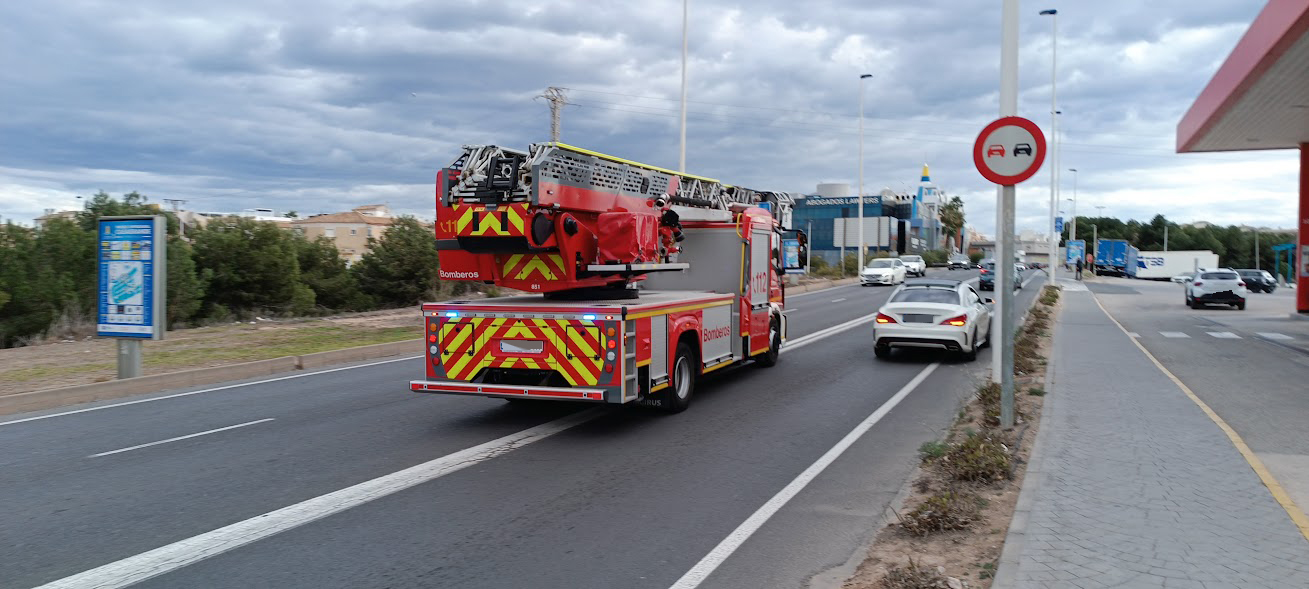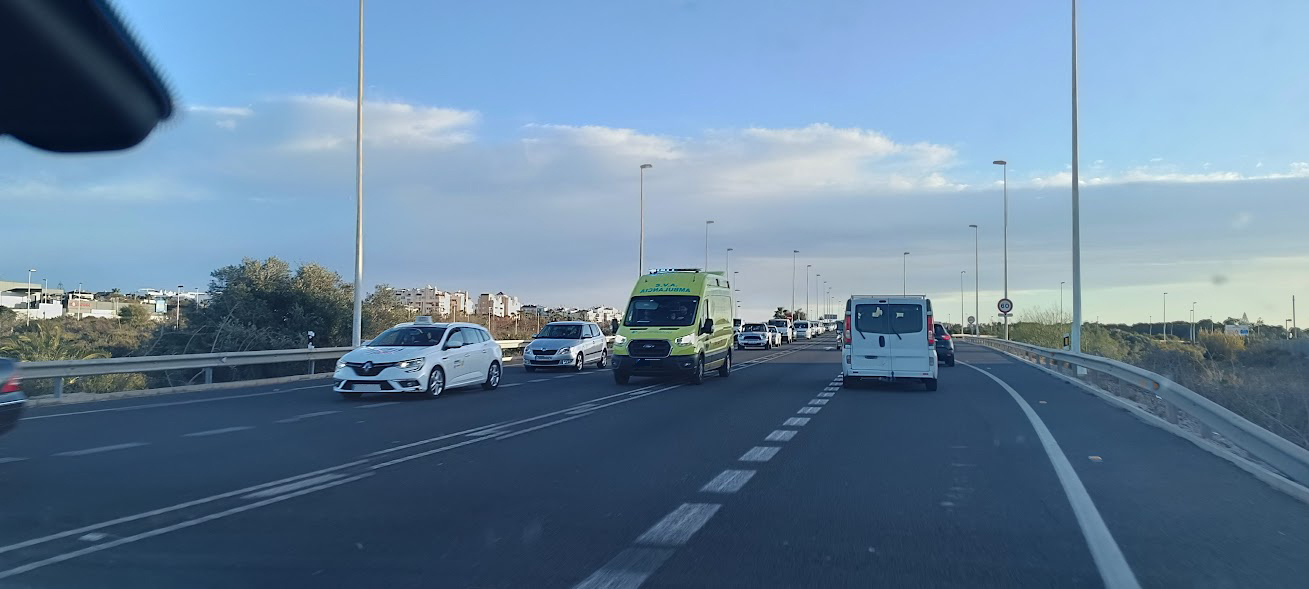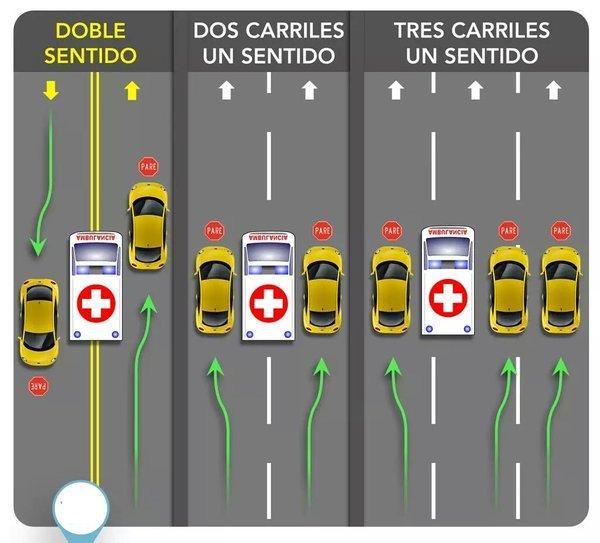When emergency service vehicle drivers are responding to an incident, they adopt certain protocols to try to ensure they can get through traffic in the most efficient manner, following a standard pathway depending on the traffic flow, however their passage can be hindered if other vehicle drivers don’t understand their intentions, and that is where the so-called “emergency corridor” comes into play, whereas we all move to a safe position to facilitate their passage.
In other words, drivers move their vehicles in a safe manner to allow a “corridor” to be opened to allow the emergency services to pass.




How to Move Over
On a single-lane, normal road, vehicles move over to the right, where possible.
If the road consists of two lanes in one direction, drivers should move over to both sides, with those in the right lane going to the right and those in the left to their left, in such a way that they leave a central corridor of free access to allow the passage of emergency vehicles.
If there are three lanes in one direction, the two lanes to the right move right, and the vehicles in the leftmost lane moves to the left.
Changes in 2025
One issue with the development of the emergency corridor is that to date it has only been a recommendation, followed by most drivers, but not all. Those who don’t know how to react can often impede the flow of traffic. In 2025, the intention is to make this strategy mandatory, and so all drivers must know how to react, and then do so when appropriate.
“The objective of this modification is precisely to explain in a clear way how drivers should behave in these circumstances to facilitate the work of the emergency services and expedite their access to the victims of an incident,” explains Ana Blanco, the deputy director of DGT circulation.
The DGT is already announcing a new modification of article 31.3 of the General Traffic Regulations to regulate the behaviour that all drivers must adopt on motorways in emergency situations and when the cars are completely stopped or traveling very slowly, mainly due to a retention or incident.
Until now, the regulations established that priority must always be given to priority vehicles in emergency services, but without specifying the behaviour of the rest of the drivers, in other words, the law gives emergency vehicles priority now, but doesn’t explain how that priority is put into practice. This new modification will specify exactly how they have to act from now on by law.
Discover more from N332.es - Driving In Spain
Subscribe to get the latest posts sent to your email.

You must be logged in to post a comment.